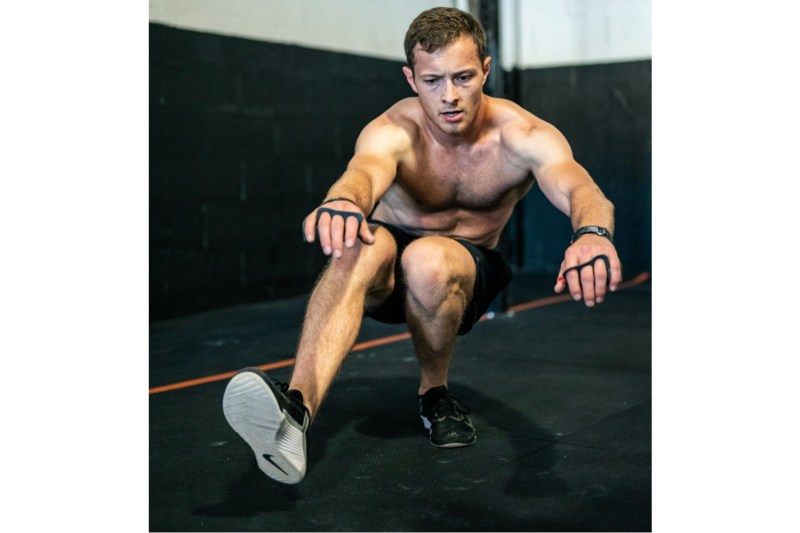
Nobody should skip leg day, plain and simple. You also don’t have to be a hardcore cyclist, runner, or athlete of any sport to want strong quads. This major muscle group is important for functional strength for everything from getting out of a chair to climbing stairs. Strong quads allow you to jump high, run fast, generate power, and dominate all sorts of physical tasks, and there’s the undeniable allure of attaining chiseled definition in your legs. Using specific quad exercises is key in doing so.
Fortunately, the quads are one of the easiest muscle groups to strengthen as well as pack on considerable size if you have been slacking on leg days as of late. There are lots of great quad exercises and quad workouts you can complete with everything from just your body weight to dumbbells, weight machines, or other training tools. You can also incorporate quad exercises into HIIT workouts, plyometrics, and even low-impact cardio activities like cycling and rowing. Below, we share some of the best quad exercises you can try for effective sculpting and strengthening quad workouts.

What are the quad muscles?
The “quads” or “quad muscles” refer to the quadriceps, a group of four muscles along the front of the thigh. This group of muscles includes:
- Rectus femoris – runs down the center of the thigh from the hip to the kneecap
- Vastus lateralis – on the outer side of the thigh
- Vastus medialis – the inner section of the front of the thigh
- Vastus intermedius – runs down the center
The quads work together to flex the high, extend the knee, and stabilize the kneecap, and they work in opposition to the hamstrings, which travel down the backside of the thigh.
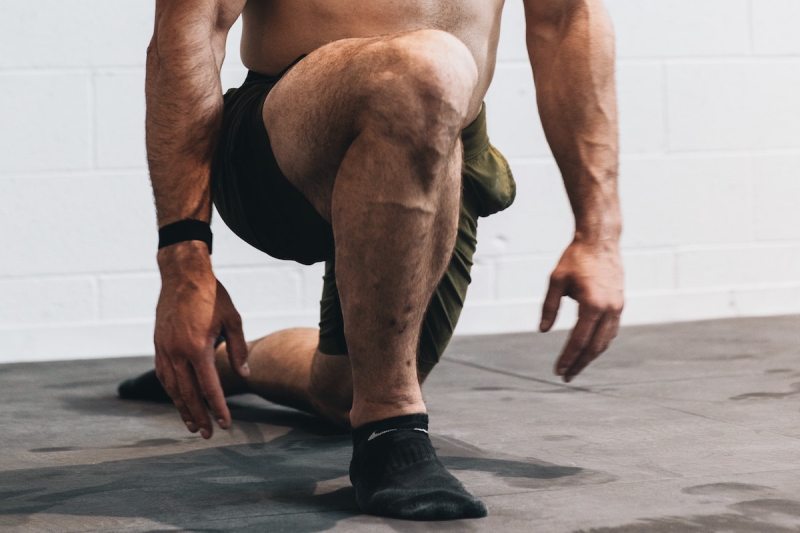
Benefits of quad exercises
Because the quads are one of the largest and most powerful groups of muscles in your entire body, quad exercises that strengthen this important group can essentially increase total-body strength and performance. Any motion or activity that involves hip flexion and/or knee extension (straightening your leg) will be enhanced by quad exercises because you’ll build the muscle strength needed to develop more force. Other benefits of quad exercises include the following:
- Helping stabilize the knee cap
- Helping prevent injuries
- Reducing pain from osteoarthritis by training the muscles to absorb more load and do more work instead of the bones and cartilage
- Increasing vertical jump height
- Improving balance and helping prevent falls
- Boosting metabolic rate
- Improving running economy
- Easing activities of daily life such as climbing stairs, getting out of a car or chair, walking, etc.
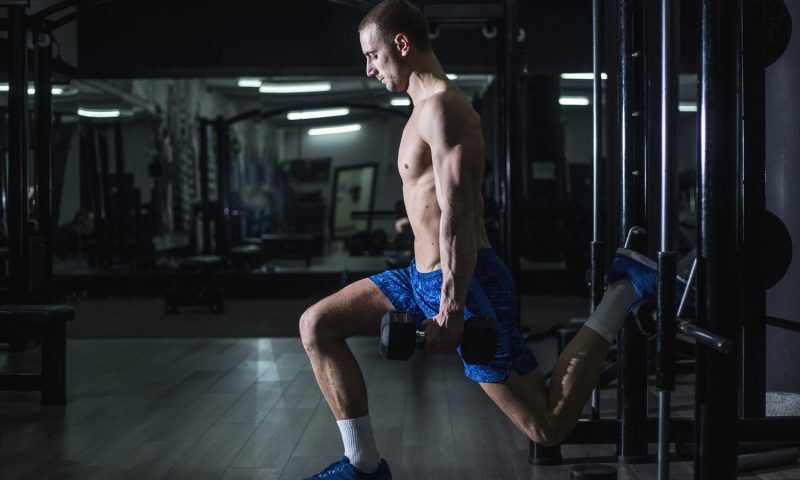
How can I make my quads stronger?
In simple terms, use them more. Oftentimes, this can be easier said than done. Our modern-day lifestyle has slowly made us more sedentary, and sitting all day does horrible things to our health, posture, and muscle activation. Incorporating quad-strengthening exercises into your usual exercise routine is a simple and effective way to make your quadriceps stronger, which will help improve your overall health.
Beginners can start with bodyweight quad moves, while more advanced exercisers may need to add external resistance, such as free weights, to continuously challenge their muscles and achieve progressive overload for optimal strength gains and bigger legs.
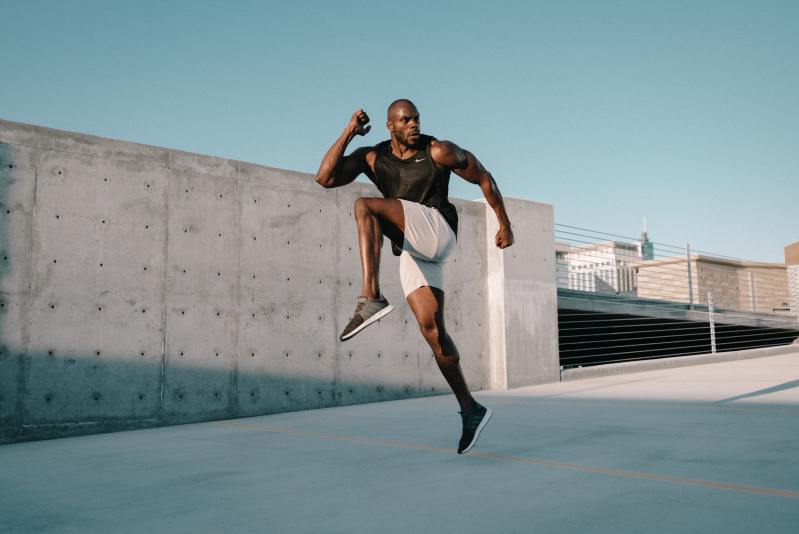
Best quad exercises
Squats may be the go-to exercise for the quads, but there are many other effective quad exercises as well. Quad exercises can be thought of as one of two primary types — exercises that directly target the quads, and total-body exercises or those that work multiple muscle groups simultaneously, including the quads. The lists below are split according to this differentiation:
Best exercises that target the quads
- Bodyweight squats
- Front squats
- Back squats
- TRX single-leg squats
- BOSU squat
- Sumo squats
- Goblet squats
- Pistol squats
- Jump squats
- Leg extensions (weighted/machine)
- Box jumps
- Leg press
- Forward lunges
- Reverse lunges
- Bulgarian split squats
- Single-leg box jumps
- Broad jumps
- Walking lunge
- Side lunge
- Wall sits
- Duck walks
- Tuck jump
- Squat holds
Best movements that use the quads
- Hill sprints
- Sprints
- Jumping jacks
- Jump rope
- Spinning
- Cycling
- Rowing
- Burpees
- Hiking
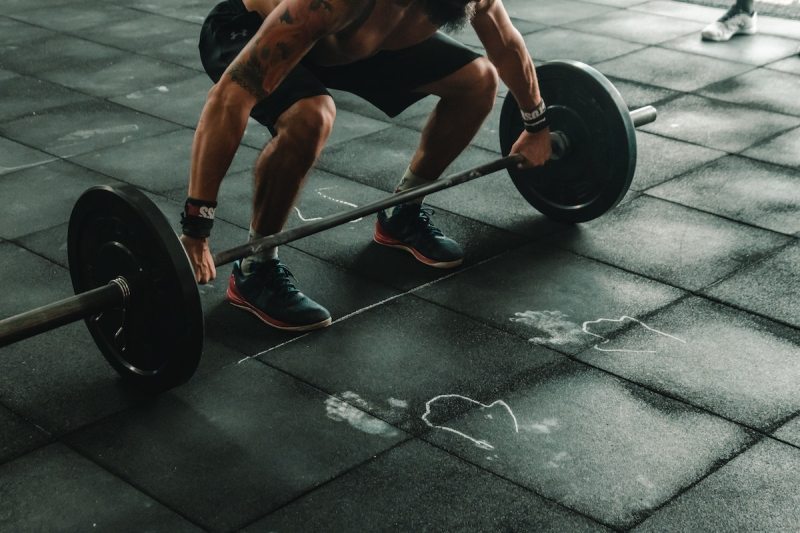
Workout incorporation
The best quad workouts incorporate several quad exercises completed sequentially to tax the quad muscles. It’s usually a good idea to also incorporate exercises that target the antagonist group — the hamstrings — as these exercises require the quads to control the opposing motions of hip extension and knee flexion by performing eccentric (lengthening) contractions. Examples include deadlifts and hamstring curls with a stability ball.
Beginners can get a good quad workout using just bodyweight exercises like squats, lunges, step-ups, and jump squats. If you’re striving for hypertrophy, which means you’re looking to gain size, you’ll want to choose just a handful of quad exercises and complete several sets of just a few near-maximal reps.
For example, you might do four sets of five reps of the leg press machine, heavy barbell back squat, loaded pistol squat, and hex bar deadlifts with the heaviest load you can manage for the five reps using proper form. Lastly, if you’re an intermediate or advanced athlete looking to increase overall quad strength, pick eight to 10 quad exercises and two or three hamstring exercises. Complete two to three sets of 8 to 12 reps of each exercise using a weight that is challenging and gets you toward exhaustion by the end of the set.

How often should I work on my quads?
One thing that isn’t a good idea is to turn every day into leg day. It can be tempting to keep working those quads to get tree trunk-sized legs quickly, but it’s not advisable. Your body and your muscles need time to rest after a workout, so if you do quad exercises every day, your body won’t have time to repair and rebuild muscle tissue, and this could lead to injury.
It’s a better plan to do leg workouts three days per week for about 15 to 20 minutes each session and target a different muscle group each day. For example, you could do a calf workout one day, and then the next time leg day rolls around, do a thigh and quad workout, and then work on your hip area for the third workout. This will give you a balanced workout and will also keep every muscle group in your legs in peak condition.



